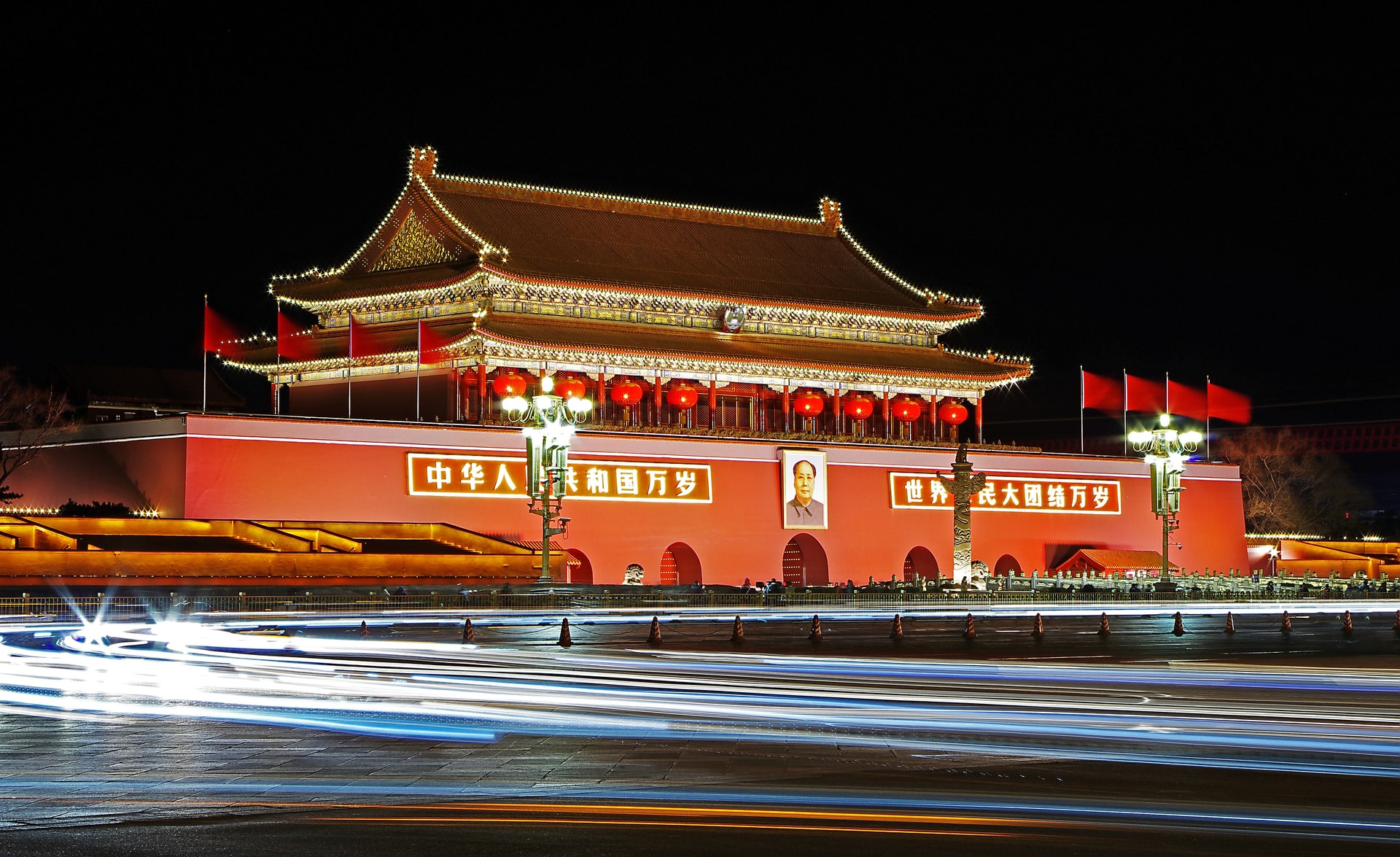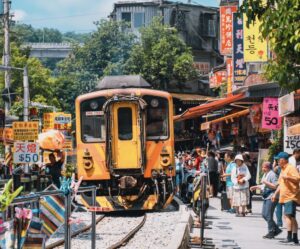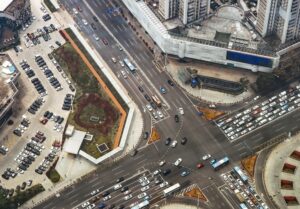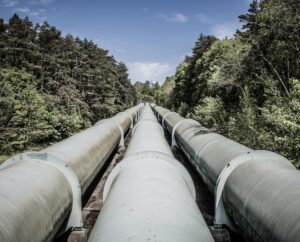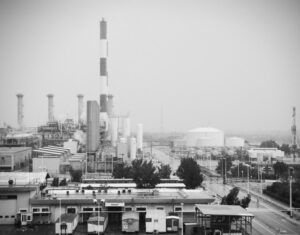The Xinjiang Uyghur Autonomous Region region in China has been at the focus of the international community due to the alleged human rights abuses and oppressive and assimilative practices the Chinese government has adopted in a wide scale.
Populated by the mainly Muslim Uyghur population, governmental practices in the region, which allegedly include forced labour, surveillance, assimilation, discrimination, and workforce transfers drew massive reactions from the international community, triggering a series of sanctions, and akin measures such as import bans, enforced.
As recently as 2021, Chinese officials responsible for the treatment of Uyghurs in the region were targeted by an Executive Order.
Nevertheless, despite constant media attention and exchange of regulatory moves (China had retaliated against the U.S. with counter-sanctions), the extent of Xinjian’s place in the world economy was not studied, and few reports comprehensively mapped the real impact of the region in world economy.
The study titled “Everybody’s Business: The Xinjiang Goods Entering Global Supply Chains” published by the non-governmental organisation C4ADS charts the economic base of the region and its main output.
The reports breakdown of the major exports of the region includes figures published by the C4ADS taken from government statistics cross-checked with multiple sources to avoid quoting misreported numbers.
Xinjiang Agriculture
A striking piece of information about the region in the report, especially to the uninformed, is that in C4ADS report lays bare that the region’s production is mainly concentrated in services and machine industry products. Agriculture ranks 4th even though the region has a substantial output of produce and a healthy base for agriculture.
The report demonstrates that, by 2019 the services sector made up 51.6% of the GDP of Xinjiiang while manufacturing accounted for 35.3% of it.
Agriculture had a share of $1105M, following clothing and footwear, in figures displaying the region’s top export products by 2019.
Nevertheless, the region is still a very fecund base for the production of crops including cotton, tomatoes, hops, vegetables, nuts, as well as for animal husbandry that yields products such as meat and wool.
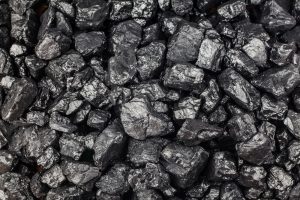
Minerals
The region, as described by U.S. sources and the media, is a rich mineral reserves. Eighty percent of China’s mineral resources lay in Xinjiang, the region can be dug for over 138 minerals that encompasses crude oil, coal, natural gas, nickel, copper, iron ore, gold, and zinc.
Xinjiang holds nearly 9% of the world’s Beryllium reserves – a prominent mineral used in the production of aircraft, space tech and missiles. The region produces 40% of the global polysilicon supply, which is used in solar panels; as well as 22% of the world’s calcium carbide, which has several industrial uses.
The extraction of minerals are largely in the hands of government-owned companies helmed by the PRC government, who are alleged to be the perpetrators of abuse in the region.
Export Destinations
Central Asian countries, Russia and Pakistan are among the top export destinations of Xinjiang goods, followed in the Western bloc by Australia, the U.S. and the U.K.
The report illuminates the fact that Xinjiang is a sizeable contributor to the economy of China.
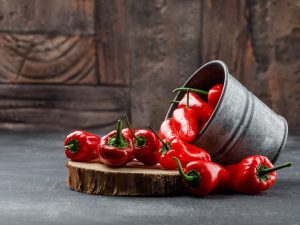
Lessons from a Case Study: Peppers
The report picks peppers as the base of a case study among scrutiny of other data, and for a very good reason.
Paprika distinguishes itself among other products due to the wide breadth of its uses, and the difficulties investigators face in tracking the supply chains and the source of certain end products.
8% of world’s peppers are produced in Xinjiang, while the region caters other paprika-based products to the globe as well. Xinjiang exports its paprikas to a long list of destinations, including to the U.S. and Europe.. The output is utilised in pharma and cosmetics industries in addition to its obvious use in the food industry.
Peppers, as with many other products in Xinjiang, are produced mainly by entities accused of practices that effectively constitute abuse.
Dyes, fragrances, and colourings derived from paprika end up being included in the products of multinational giants such as Unilever, Nestlé, and PepsiCo. McCormick which are supplied by intermediary companies. The peppers produced in Xinjiang could end up as the ingredients of a long list of food products that rest on our supermarket shelves.
While it is public knowledge that China is a major purveyor of peppers and the Xinjian has a substantial share as a region, studies focusing on the supply chain of pepper are rare.
Furthermore, C4ADS’ report observes that there is scant transparency when it comes to supply chains for the industries Xinjiang paprika is used in. It requires serious examination to disperse the mists and lend transparency to the otherwise very opaque supply chain operations.
Conclusion
C4ADS’s report is beneficial not only for supply chain monitoring and sanctions screening practices on behalf of industry operators, but to construct the right perspective for consumer-led, grassroots actions.

